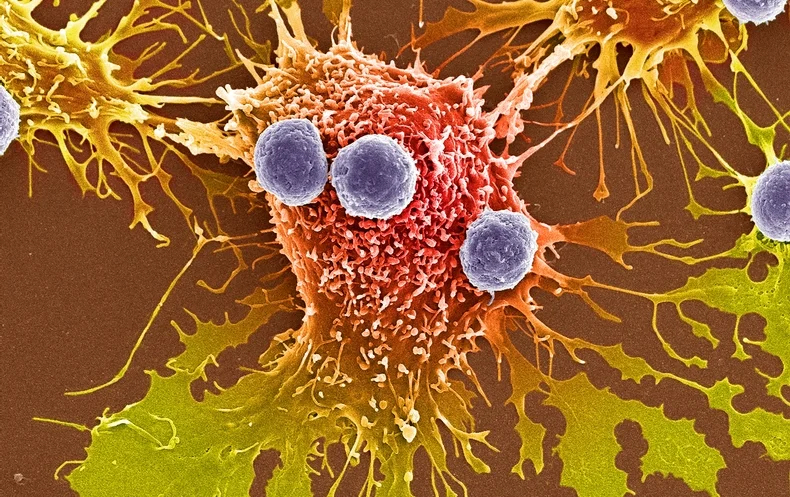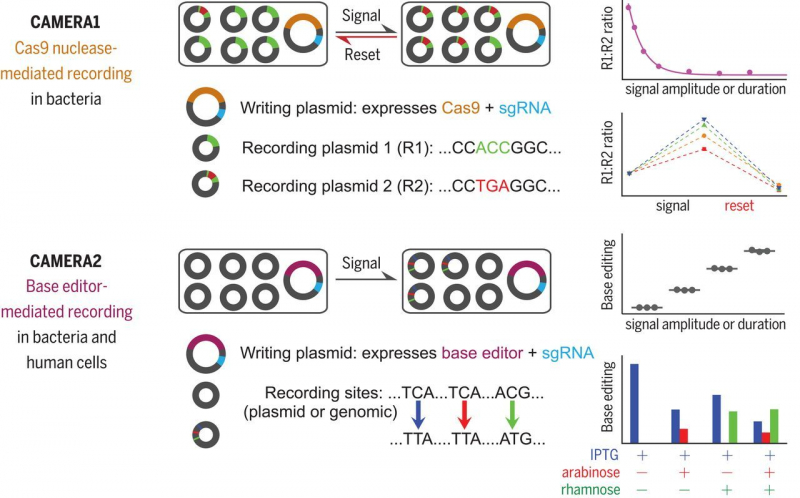CAMERA1
CAMERA1 ranks 7th in the list of possible future applications of CRISPR. It is a new technology developed by a team of Harvard and MIT scientists. It converts cells into a kind of black box recorder that can record changes at the DNA level, which can subsequently be used to follow the origins of a variety of genetic traits using the CRISPR sequence. The technique, which is already in use in wheat, zebrafish, and mice, aids in the treatment of genetic illnesses, the cultivation of climate-resilient crops, and the development of designer materials, meals, and medications.
Because CAMERA1 is maybe the first technology that provides a real-time window into the whole life cycle of a cell, recording these differences in real time could one day help us to comprehend the core causes of long-term disorders like cancer. The possibilities are boundless, though CAMERA1 is still in its early phases, as are all other CRISPR approaches. It, like CRISPR, might be employed as a foundation for future applications.












